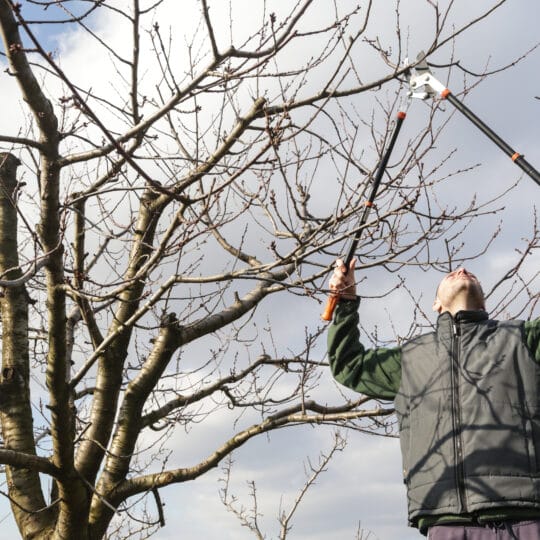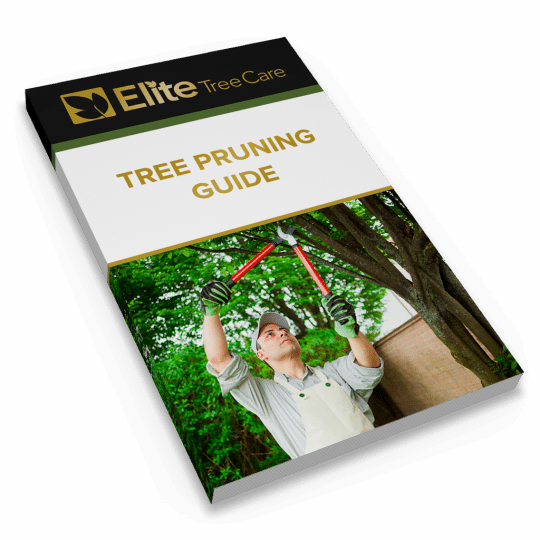3 Common Tree Pruning Myths
Cutting to the Truth Behind Proper Tree Care
Posted
December 21, 2023

It’s true that tree pruning is an important part of maintaining the health and structure of the plant. However, there are several tree pruning myths that can potentially lead to harming your tree. Here we uncover the truth behind some of the most common misunderstandings.
3 Tree Pruning Myths
No matter what type of tree you have on your property, properly maintaining it can greatly impact the surrounding area. While there are many benefits to healthy trees, there are also consequences to not caring for it the right way. Here are some misconceptions when it comes to tree care.
- Pruning is only for aesthetics. Since trees naturally grow outside, many homeowners may think they don’t need to regularly maintain it. Who maintains trees in a forest? The only reason why someone may prune is to enhance visual appeal. However, suburban trees need more attention than their forest relatives. Standalone trees don’t have the surrounding forest to provide the nutrients and other natural elements it needs to survive. This is why regular attention is needed to help increase structural integrity, prevent disease, and promote overall health. Pruning dead and diseased branches and supporting weak spots can help strengthen the tree and make it less susceptible to environmental stressors.
- All trees require the same amount of pruning. Nope. Each tree species has it’s own unique growth pattern and requirements. Some trees are more resistant to pests and disease than others. Trees that produce sap should be pruned before it starts flowing in late winter. Flowering trees should be pruned before new buds are formed—which is spring for some and summer for others.
- It’s okay to cut the tops of trees to help reduce height. This is known as tree topping and is not recommended. Removing the crown of the tree not only significantly weakens the plant, opening it up to disease, but it also produces unattractive regrowth. There’s a way to selectively prune certain branches to help maintain a tree’s natural form and promote healthy growth.
One of the best ways to help dispel a tree care myth is to consult with a certified arborist before pruning. An arborist can help determine the best approach based on the tree type and current conditions.
Pruning Throughout the Year
While winter’s dormant season is the best time to prune certain trees, it’s always a good idea to remove potentially hazardous branches from any tree. Contact Elite Tree Care to assess the trees in your yard and determine whether or not they need pruning. Our tree care specialists understand the specific needs of the different variety of trees. We can help recommend the right pruning schedule and techniques to keep your plants strong and healthy all year.

Download Your FREE Tree Pruning Guide
Learn how, when, and how much to trim or prune your trees to maximize their health and beauty. This guide covers the factors that go into tree trimming (pruning) and will help you make a more informed decision about hiring a professional tree service.